Catalog
Search
472 products
View:
- Selected: 0Areas of use
- Selected: 0Item names
- Selected: 0Manufacturer
- Selected: 1Made in
- Selected: 0Additional
View:
472 products
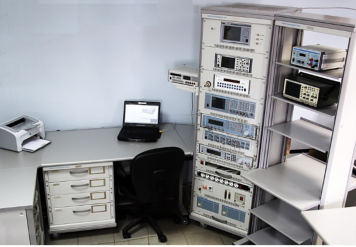
Verification module PM-3
The composition of the PM-3 verification module:
Frequency comparator CHK7-1011;
Universal frequency meter Ch3-86A;
Universal voltmeter V7-79;
Absorbed power wattmeter M3-108-2;
High-frequency signal generator G4-229;
High-frequency signal generator G4-230;
Generator of test pulses G9-1A;
Oscilloscope S1-177;
DC power supply B5-79/1;
Electronic switchboard of RF signals;
AC power source B2-7 (2 pcs.);
PC, printer;
Basic load-bearing structures (BNC).
Technical specifications
Measurement ranges of time-frequency parameters of signals:
Continuous oscillation frequency from 0.005 Hz to 17.85 GHz
Pulse repetition rate from 0.01 Hz to 100 MHz
The carrier frequency of the IM signal is from 100 MHz to 17.85 GHz
Pulse duration from 10 ns to 1000 s
Time interval from 0 to 1000 s
Nominal values of the frequency of the studied signals are 2,048; 5,0; 10,0; 10,24 MHz
Measurement errors of time-frequency parameters of signals:
Frequency of continuous oscillations ± (2,4·10-10 - 4·10-3)
Pulse repetition rate ± (2·10-7 - 2·10-3)
The carrier frequency of the IM signal is ± 2·10-7
Pulse duration ± (1 - 200) ns
Time interval ± (1 - 200) ns
The relative deviation of the frequency of the studied signal from the reference frequency ± (5·10-13 - 2·10-12)
Frequency of continuous oscillations ± (3·10-11 – 1,1·10-5)
Pulse repetition rate ± (2·10-11 – 6·10-5)
Carrier frequency of the IM signal ± (3·10-11 – 1,1·10-5)
Pulse duration ± (1·10-8 – 7,2·10-4)
Time interval ± (2·10-10 – 7,2·10-4)
Nominal values of the reference signal frequency ± (2·10-11 – 2,4·10-10)
General technical characteristics:
The area occupied by the module is 8-12 m2
Weight, not more than 327 kg
Power supply voltage from 198 to 242 V frequency (50 ± 0.5) Hz
Power consumption, no more than 2400 VA
TEKHNOYAKS
Moscow
Produced in: Moscow
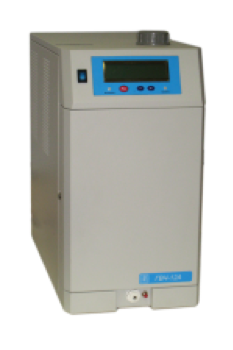
Pure Hydrogen Generator GVCH-25D
from
300 000 ₽
The characteristics of the device are similar to the GVCH-12D model; the difference is in the absence of a reactor to remove traces of oxygen and the capacity, respectively, is 25 liters/hour (416 ml/min).
Technical specifications
Purity of hydrogen in terms of dry gas about 99.998%
The concentration of water vapor at 20 OC and 1atm is not more than 10 ppm
In the output pressure stabilization mode
The range of the specified output pressure of hydrogen is from 1.5 to 6.1 ati
Stability of the output pressure of hydrogen is not worse ± 0.02 ati
Maximum hydrogen capacity, reduced to normal conditions is 25 l/h
The time of setting the operating mode, with the output turned off is no more than 20 minutes
In the performance stabilization mode:
The range of the specified hydrogen performance is from 0 to 25 l/h
Maximum developed pressure in performance mode is 5.0 ati
Volume of distilled water to be poured is 1.0 l
Distilled water consumption is not more than 0.04 l/hour
Water consumption is 2.4 g/l of hydrogen
The average life of a replaceable deionization filter cartridge (at maximum performance and single-shift operation) is at least 0.5 years
Average power consumption:
in stationary mode is no more than 200 VA
maximum (at startup) is no more than 250 VA
Overall dimensions of the generator, (width x depth x height) are not more than 230x470x450 mm
The mass of the generator is not more than 16 kg
Operating conditions:
ambient temperature, °C, from +10 to +35
powered by single-phase AC voltage, V, 220 (+10 -15)%
and frequency, Hz, 50 +1
The generator for electrical safety meets the requirements of Class 1, type H according to GOST 12.2.025-76
NPP Himelektronika
Moscow
Produced in: Moscow
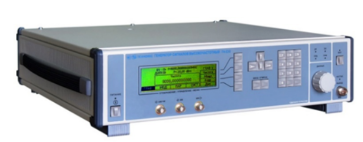
High-frequency signal generator G4-227
The generator is capable of operating both independently and as part of automated measuring systems with USB and IEEE-488 (CPC) interfaces.
Technical specifications
Frequency range from 9 kHz to 6 GHz
Frequency tuning discreteness of 1 Hz
The main error of the frequency setting is ± 3x10-7 Hz
The range of setting the output signal power level at the main output is from minus 10 to 13 dBm
The basic error of setting the reference power level is ± (0.5 – 1.0) dB
Instability of the output signal power level for any 15-minute time interval of no more than 0.1 dB
Metrological characteristics of the generator in the FM operation mode:
- frequency range of the modulating signal from 1 to 100 kHz
- frequency deviation setting range (taking into account the carrier frequency value) from 12.5 to 4000 kHz
- the main error of the frequency deviation setting is ± (20 – 25)%
Metrological characteristics of the generator in AM operation mode:
- frequency range of the modulating signal from 0.05 to 5.0 kHz
- the range of setting the amplitude modulation coefficient from 1 to 100 %
- the basic error of setting the amplitude modulation coefficient ± (0.25 M + 0.2)%
Metrological characteristics of the generator in the IM operation mode:
- the duration range of modulating pulses from 300 ns to 20 s
- the range of the modulating pulse repetition period from 340 ns to 30 s
- the difference in the duration of the output RF pulses from the duration of the modulating pulses ± 200 ns
Operating temperature range from minus 10 to 40 °C
AC power supply 220 V, 50 Hz
Power consumption, not more than 100 VA
Overall dimensions, mm 498x136x487
Weight, not more than 13 kg
TEKHNOYAKS
Moscow
Produced in: Moscow
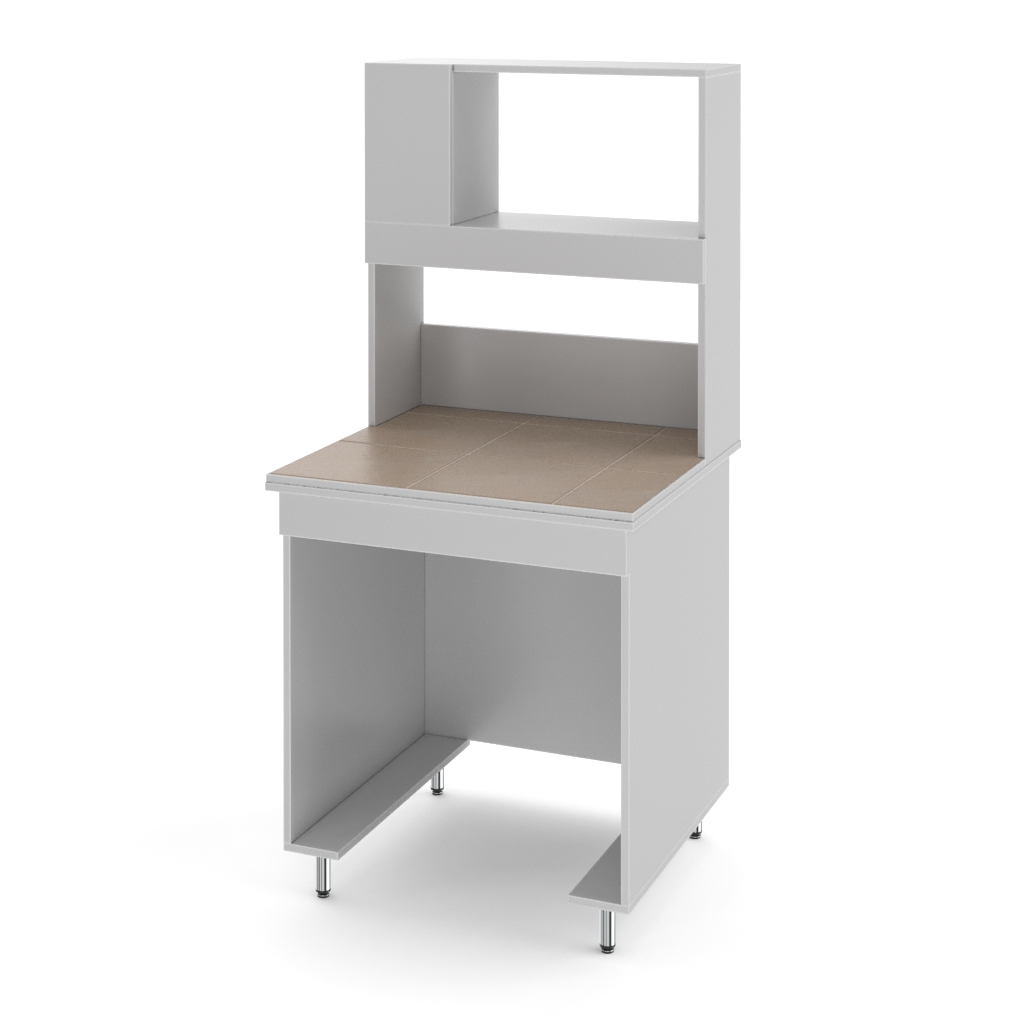
NV-800 PC-M Physical wall-mounted laboratory table (760×700×1650)
from
14 698 ₽
The NV-800 PC-M is the most inexpensive budget table with a superstructure in the NV line. The countertop with a depth of 70 cm is made of granite tiles. It is designed for standing work: the height of the table top is 85 cm.
External dimensions of the table (W×D×H): 760×700×1650 mm.
A minimalistic solution for your laboratory
The table top is made of granite tiles. The tile is moisture-resistant and perfectly withstands high temperatures. It is resistant to prolonged exposure to concentrated acids, alkalis and organic solvents. It has limited resistance to hydrofluoric acid. This is one of the most popular types of countertop materials for laboratory furniture.
The superstructure allows you to compactly place the necessary reagents and laboratory utensils next to the workplace. Its depth is 25 cm, and its height is 80 cm.
The side laminated panels (chipboard with a thickness of 16 mm) are edged with a 2 mm PVC edge, which increases their impact resistance and mechanical strength.
The legs of the table are adjustable in height within two centimeters, allowing you to place it even on a rather uneven floor.
Advantages of NV-800 PC-M tables
An inexpensive solution for laboratories that value the reliability and durability of furniture;
Suitable for small-sized rooms;
Heating plates or baths can be placed on the granite surface;
It is resistant to high temperatures.
It is convenient to work while standing: the height of the working surface is 85 cm.
On the shelves you can store accessories for devices on the table, laboratory utensils or reagents.
Application of the NV-800 PC-M tables
Tables of the NV series are used in laboratories of the widest profile: at food and light industry enterprises, in scientific and educational workshops, in chemistry classrooms, quality control centers, medical organizations and many others.
NV LAB
Moscow
Produced in: Moscow, Moscow region
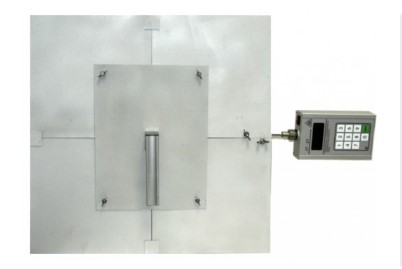

NV-800 STP Mobile tables for devices (730×700×750)
from
8 374 ₽
NV-800 STP is a mobile table on wheels designed to move heavy equipment around the laboratory.
Dimensions of the table assembled (W×D ×H): 730×700×750 mm.
It is available with two variants of working surfaces
Table Model: Tabletop
NV-800 STP: Laminate. It is relatively moisture-resistant, resistant to short-term effects of acids, alkalis and organic solvents. This countertop does not tolerate strong heating or prolonged exposure to solvents, concentrated acids and alkalis.
NV-800 STP: Chemically resistant plastic. It is a good choice for training workshops, analytical and medical laboratories. It does not tolerate high temperatures well, heating devices should not be placed on the surface.
NV-800 STP has a metal frame painted with durable powder paint. The side laminated panels (chipboard 16 mm thick) and the lower shelf are edged on the facade with a 2 mm PVC edge, which increases their impact resistance and mechanical strength.
The table wheels allow you to conveniently move the equipment around the laboratory. On the bottom shelf you can store equipment accessories or the necessary small stuff.
Advantages of NV-800 STP tables
Designed to accommodate dimensional equipment;
An inexpensive solution for laboratories that value the reliability and durability of furniture;
Suitable for the small rooms.
Application of NV-800 STP tables
Tables of the NV series are used in laboratories of the widest profile: at food and light industry enterprises, in scientific and educational workshops, in chemistry classrooms, quality control centers, medical organizations and many others.
NV LAB
Moscow
Produced in: Moscow, Moscow region
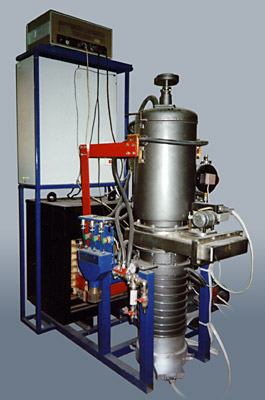
Vacuum electric furnace VOZH-2,5—20 for annealing
Composite material of the carbon-carbon system of different densities
VakETO
Mosrentgen
Produced in: Moscow
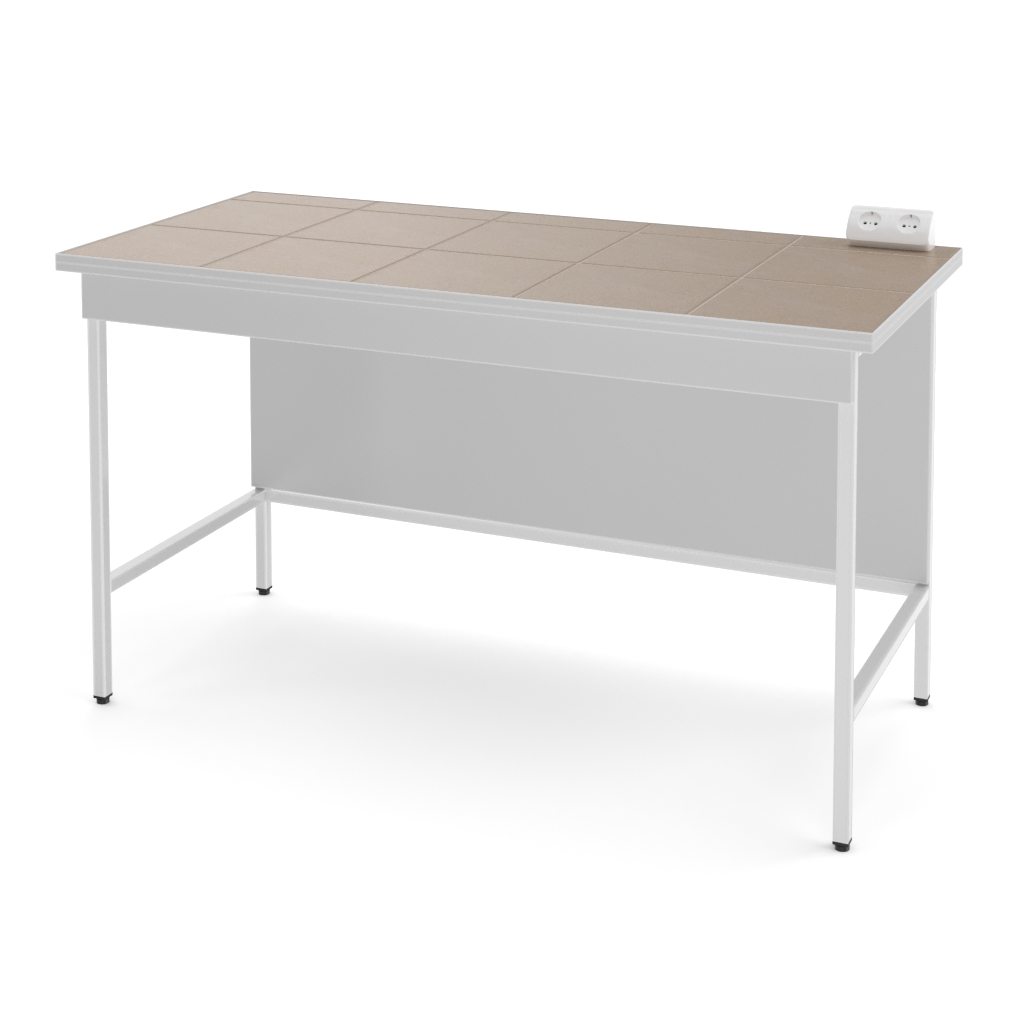
NV-1500 LX-O Table for chromatograph (1500×700×850)
from
20 657 ₽
The NV-1500 LX-O are specialized laboratory tables on a reinforced metal frame with a countertop width of 1500 mm. They are designed to accommodate heavy instruments, such as chromatographs or other analytical equipment.
In the upper right corner of the table there is an electric panel with two sockets. Both sockets with grounding and shutters are designed for current up to 16 A and voltage up to 250 V.
Working surface material: porcelain tile. It is moisture-resistant and perfectly withstands high temperatures. It is resistant to prolonged exposure to concentrated acids, alkalis and organic solvents. It has limited resistance to hydrofluoric acid. This is one of the most popular types of countertops for laboratory furniture.
The tables have a metal frame painted with durable powder paint. The side laminated panels (chipboard with a thickness of 16 mm) are edged with a durable PVC edge with a thickness of 2 mm, which increases their impact resistance and mechanical strength.
The legs of the table are adjustable in height within two centimeters, allowing you to place it even on a rather uneven floor.
Dimensions of the table when assembled: 1500×700×850 mm. It is designed for standing work.
NV LAB
Moscow
Produced in: Moscow, Moscow region
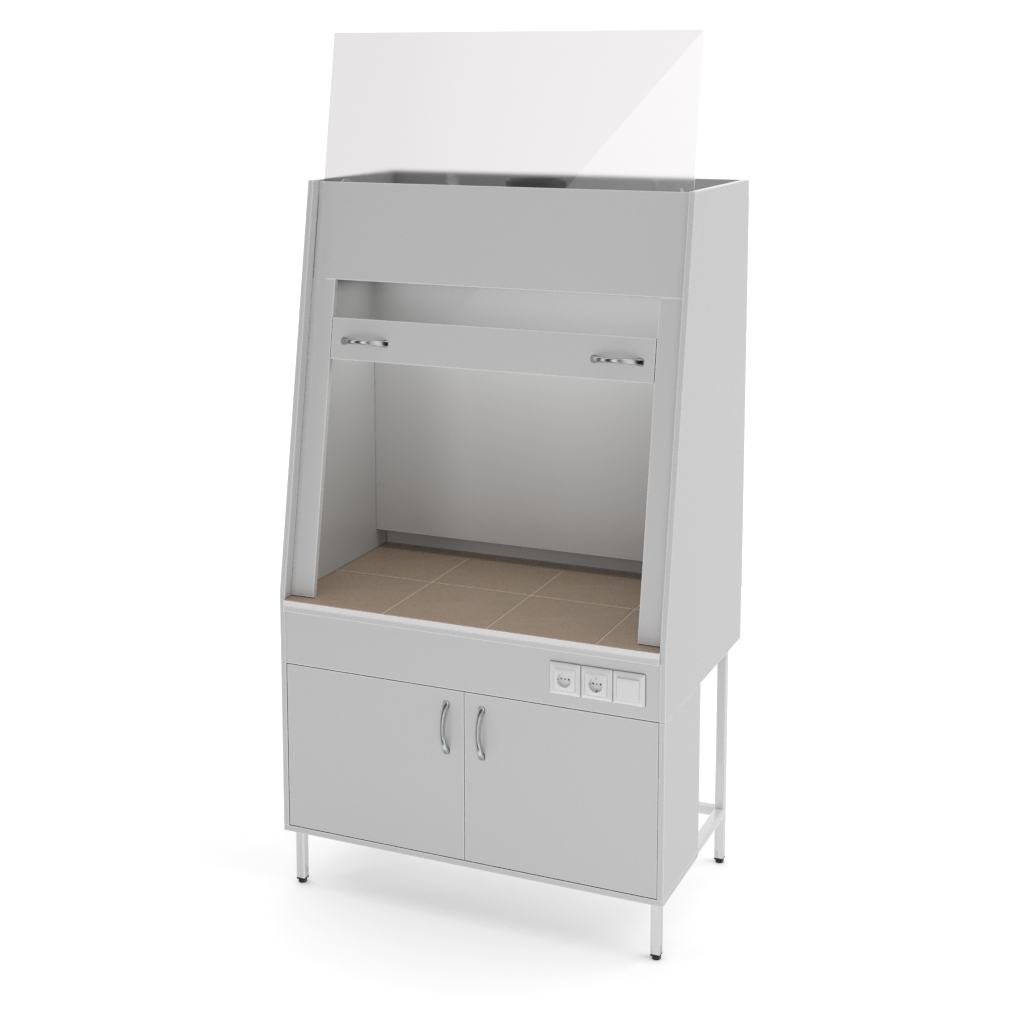
NV-1200 SHV-B Fume cupboard with countertop made of granite tiles
from
58 531 ₽
Kors NV-1200 SHV-B laboratory fume hoods are single—frame cabinets with a width of 1100 mm with a countertop made of granite tiles.
External dimensions of the cabinet (W×D×H): 1100×700×1960 mm.
Dimensions of the working area (W×D×H): 1068×540×750 mm.
Table top: granite tiles.
Convenient fume cupboards for comfortable work in the laboratory
The cabinet is available in two versions: with a hood from the lower cabinet and without it. In a cabinet with a hood, various aggressive reagents can be stored, in a cabinet without a hood, it is better to store only laboratory glass or instruments.
Working surface material: porcelain tile. It is moisture-resistant, perfectly withstands high temperatures. It is resistant to prolonged exposure to concentrated acids, alkalis and organic solvents. It has limited resistance to hydrofluoric acid. This is one of the most popular choices for work surfaces, suitable for most laboratories. Drying cabinets or other highly heated appliances can be placed on such a countertop.
The working area is closed by a single lifting frame with a counterweight. It has two exhaust zones: the hood of the exhaust box and the level of the countertop. Diameter of the flange for connection to the ventilation system: 150 mm.
Working area size (W×D×H): 1068×540×750 mm. Please note that the cabinet narrows upwards. At a height of 50 cm, the depth of the working area will be 410 mm, at a height of 70 cm: 365 mm. If you need to place high equipment, then make sure that it corresponds to the dimensions of the camera, otherwise you will not be able to close the cabinet.
The height of the raised glass above the cabinet: 510 mm, that is, with the glass raised, the total height of the cabinet will be 2470 mm.
The working area is illuminated by a fluorescent lamp (included in the package). The switch is located on the right side of the cabinet, next to the sockets.
The fume cupboard is equipped with two sockets, one of them with grounding. Sockets with IP20 degree of protection, maximum load: 1.5 kW.
The base of the cabinet is an all-welded metal frame in powder coating. The side laminated panels (chipboard with a thickness of 16 mm) are edged with a durable PVC edge with a thickness of 2 mm, which increases their impact resistance and mechanical strength.
The legs of the cabinet are adjustable in height within two centimeters, allowing you to place the cabinet even on a rather uneven floor.
NV LAB
Moscow
Produced in: Moscow, Moscow region
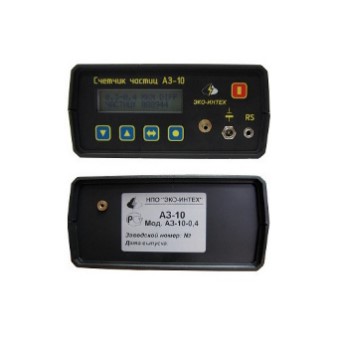
Particle counter AZ-10
from
253 400 ₽
The measuring device AZ-10 is designed to control the dustiness of special industrial premises, and can also be used to check filtering devices
NMT-ZASHCHITA
Moscow
Produced in: Moscow
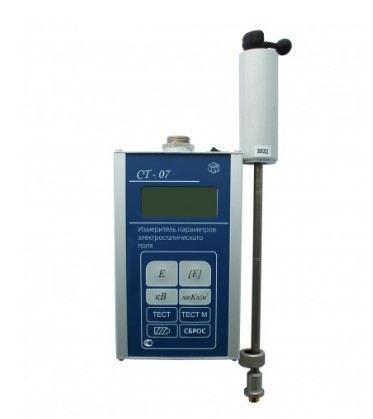
ST-07 Electrostatic Field Parameter Meter
from
97 200 ₽
It is intended for express measurements in residential and working premises of biologically hazardous levels of electrostatic fields, the sources of which are electrical installations, information display media (computer displays, televisions, slot machines), as well as finishing building materials.
NMT-ZASHCHITA
Moscow
Produced in: Moscow
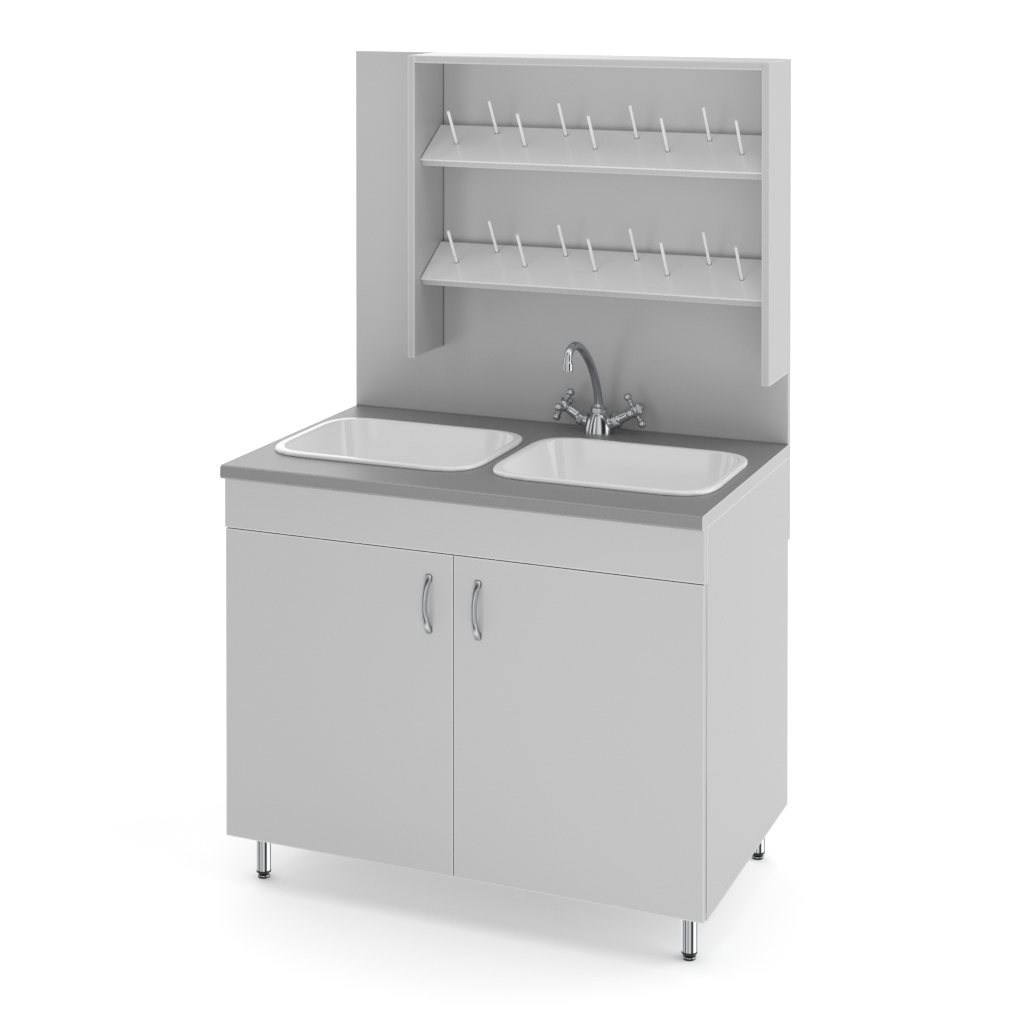
NV-1000 MD wash table with a dryer (1000×600×1650)
from
35 249 ₽
The NV-1000 MD is a large table with two deep polypropylene sinks and a built—in dryer for 18 dishes. It is designed for standing work: its height is 85 cm.
Dimensions when assembled (W×D×H): 1000×600×1650 mm.
The table top is made of laminated chipboard. It has two built-in Stegler WJH0357F polypropylene sinks. Internal dimensions of each sink (W×L×H): 490×390×290 mm. Polypropylene is resistant to prolonged exposure to concentrated acids, alkalis and organic solvents and suits perfectly for washing laboratory dishes.
The package includes a stainless steel mixer with flexible 300 mm tap connectors and a siphon.
The upper part of the inclined shelves of the dryer, on which dishes are placed, is covered with a polypropylene insert to protect it against water and reagents. The 18 pins are also made of polypropylene.
The side laminated panels of the table (chipboard 16 mm thick) are edged on the facade with a 2 mm PVC edge, which increases their impact resistance and mechanical strength.
The legs of the table are adjustable in height within two centimeters, allowing you to place it even on a rather uneven floor.
Advantages of NV-1000 MD tables
A wide table with two polypropylene sinks and a dryer for 18 dishes.
An inexpensive solution for laboratories that value the reliability and durability of furniture.
The polypropylene is resistant to prolonged exposure to concentrated acids, alkalis and organic solvents.
Application of NV-1000 MD tables
Tables of the NV series are used in laboratories of the widest profile: at food and light industry enterprises, in scientific and educational workshops, in chemistry classrooms, quality control centers, medical organizations and many others.
NV LAB
Moscow
Produced in: Moscow, Moscow region
